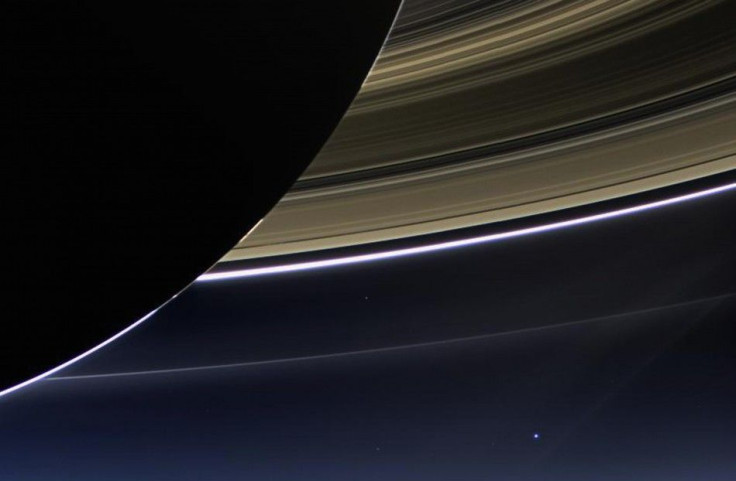11-Billion-Year-Old Solar System Found By Astronomers

An 11-billion-year-old solar system called Kepler-444 has been found by astronomers, and it had a resemblance to the solar system with Earth in it. The solar system is said to have five small exoplanets and was a sun-like star.
An international team of astronomers studied the observations of the Kepler Space Telescope at the National Aeronautic and Space Administration (NASA) over a span of four years. Through the observations it was found that it was 11.2 billion years ago, Discovery News.
With the use of the transit method, the 5 exoplanets were discovered by the telescope. The physical sizes as well as the orbital characteristics of the planets could be determined because of the discovery.
Because of the ancient age of the solar system, the researchers had to use the method of asteroseismology, the study of the internal structure of the stars by the interpretation of its spectra. This method helped in detecting the natural resonances caused by sound waves in the system and which were trapped within its interior.
The size of the planets ranged from the size of Mercury up to the size of Venus. It was found that the solar system had something "alien" about it. The ancient solar system was formed when our solar system was just 20 percent of the age that it is now, hence making it the most ancient solar system that has been discovered till date.
Kepler-444 is considered to be an ancient version of the Earth's solar system. Despite all the positive findings, it was found that the star system could not be habitable and it was said that the planet identified had no resemblance to Earth.
Sarbani Basu is a professor in the Department of Astronomy at Yale University as well as a co-investigator of the study. She said that the system showed that planet formation had the ability to take place in conditions different from how our solar system was formed. She added that the system also had implication for the estimation of the total planets that existed in our galaxy as well as other galaxies.
Contact the writer: afza.kandrikar@gmail.com





















